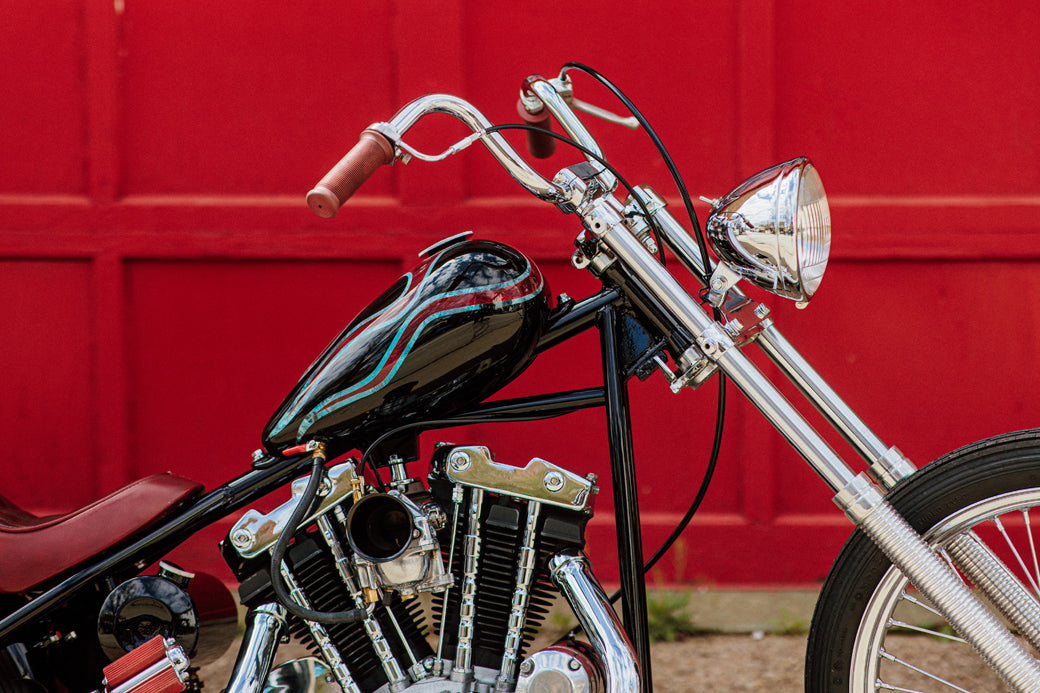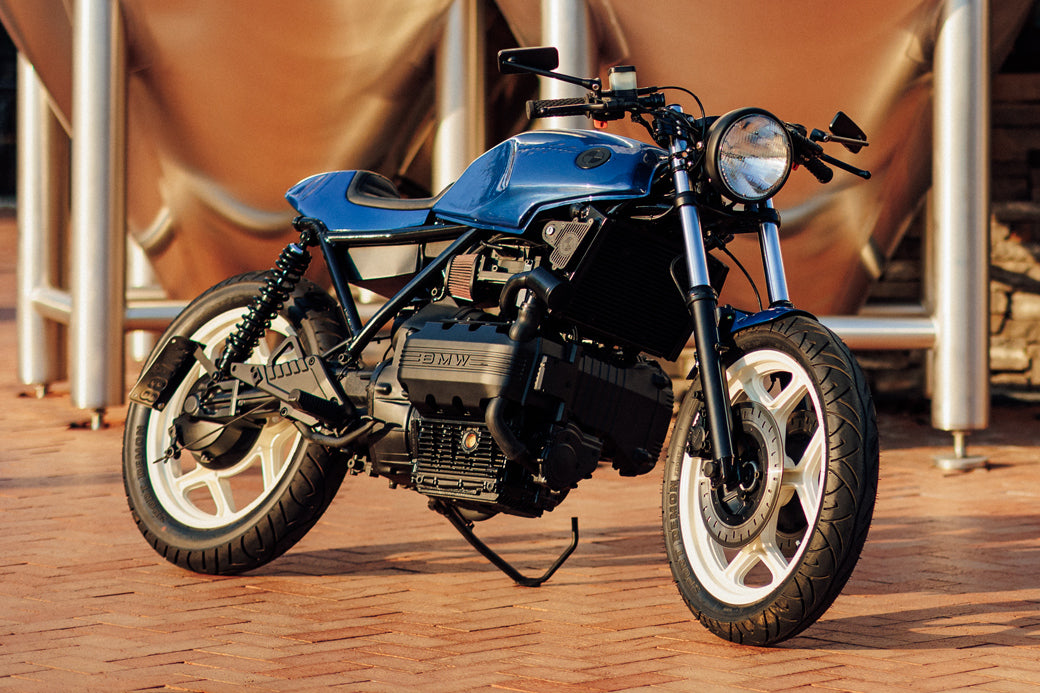Jeremy Seanor: I got started when I was really young doing hand-lettering and custom signs with my neighbor. We did a ton of plumber and mechanics trucks, but whenever the vinyl cutter came out, it kind of killed that business overnight. So, I had to figure something else out. One thing led to another, and I went from simple pinstriping and painting work to eventually laying out graphics and painting everything from the start to finish. I got my name out by doing helmets, motorcycles, and SEMA vehicles. Things snowballed from there, and Lucky Strike is now celebrating fifteen years in business.

JS: My career at PPG definitely helped me get better. We painted tons of stuff, and I was there for almost twelve years. I taught a lot of custom and restoration classes, showing others how to use PPG products correctly out of their training center in Allison Park. The experience contributed to my knowledge of what I call the nuts and bolts of paint. It’s the part of the business that a lot of people don’t pay attention to—the fact that you can’t use this product with that product and so on. I got to learn a lot of the finer details. Things changed when the pandemic hit, and here we are.
JS: It’s actually inspired by my grandfather who was into motorcycles and smoked Lucky Strike cigarettes. He used to have these old tins that I kept my first sets of pinstriping brushes in.
JS: I grew up watching the hot rod world come around, so I was inspired by people like Ed Roth, Von Dutch, and Gene Winfield. Instead of sketching bowls of fruit in art class, I was that kid drawing Rat Fink hanging out of a hot rod. Over the years, I’ve painted a bunch of show cars that were similar to what I enjoyed looking at when I was younger. Now, with social media, it’s nice to see what everyone in the business is doing. I like to think that we’re all friends who bounce ideas back and forth, taking inspiration from each other.


JS: I’ve always been into motorcycles. I grew up riding dirt bikes in Latrobe before moving to Beaver County. I got my first, a Honda MR50, when I was five years old. My father and grandpap have always rode, too. As my interest in bikes grew, I realized I could mix my passion with making a living. I was always into art, so I just smashed all of that together when creating Lucky Strike Designs.
JS: A little bit of both. It mostly happened through word of mouth and dealing with customers who built bikes. A lot of builders don’t do their own paint work, so they kind of require guys with my skill and vice versa. I’m not one to build a bike from the ground up, but I have good friends and customers who would help me build a motor or whatever is needed. Doing the paint work keeps my interest in the art side of things.

JS: I will pretty much paint anything. It doesn’t matter if it’s a bagger, chopper, bobber, or whatever. It’s just the canvas, and if a customer has a good idea, I’m interested. Right now, from my perspective, I feel there’s a growing interest in performance baggers. The comfort level is different, and we’re doing all sorts of things from crazy suspension to big motors but still able to ride them wherever. I’d also like to get more into the custom chopper culture.
JS: I think it comes down to the point that a lot of customers might not want to spend several thousand dollars on a whole bike, but they feel comfortable with getting a helmet done that still has a lot of character and fits their personality. The helmet aspect gives free reign on ideas, subject matter, and colors. The sky’s the limit, and it’s a simple process of shipping me the helmet and letting me know what you’re thinking. A lot of people are treating them as pieces of collectible art. I’m doing one for a customer now that has had six helmets done over the last year and a half.
JS: Usually, a helmet takes about a couple of weeks depending on colors and work involved. Baggers take anywhere from a month to two months. People can get in touch through my website and Instagram page. I’ll pretty much paint anything if the customer has a will for it.














JOHN JACKSON







